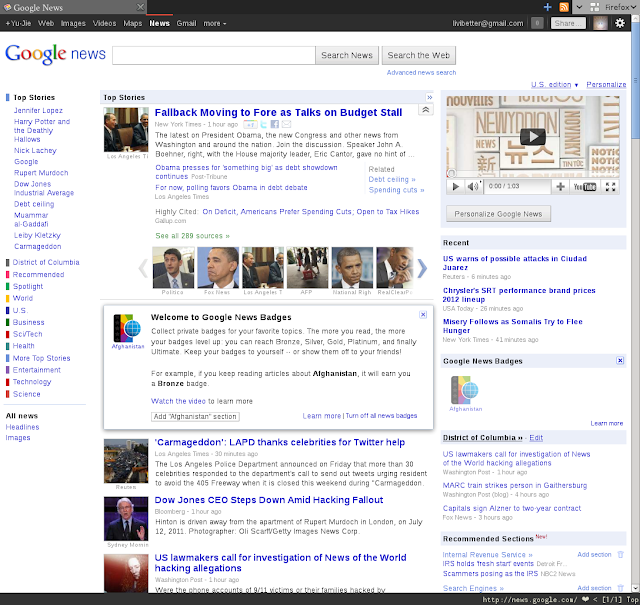It always is a wonderful experience when you witness an evolution. Since the invention of
typewriter, only low-skilled users would require 10 fingers to operate on a keyboard. Until today, it remains perfectly true.
As technology progresses,
computer entered our daily life and has been dominating every corner in the entire world since then. At the beginning of commercial computing, only the people like secretaries, data entry, or code monkeys would require having no skill of the 10-finger typing whilst bosses only use 1 finger or 2 fingers to type in.
Using 1 finger or 2 fingers are the hardest way to type, because, firstly, you need to clear the field. You need a clear view of keyboard, so you can locate the key you are about to press. Imagining that there are around 100 keys on the board, you need to spot them as fast as you can. And for aged keyboard, the printing would have worn out, you may have to guess which one is correct key, this only demonstrate how skillful of 1-or-2-finger typer is.
After a desired key is spotted, the typer's motor skill kicks in, he or she presses the key with quick and precise press, then immediately retreats from the keyboard.
At this moment, the task hasn't been completed, far from it. The typer must change the focus from keyboard to monitor, the typer's eyes have to adapt such dramatic change in a short time. Seeking for the new typed letter on the screen where the cursor at which typer has to remember before typing.
Once confirmed, then repeat the process. As you can see, 1-or-2-finger is more skillful than 10-finger typer, who only stares at the screen all the time and type like nothing, there is no skill in them.
After the
mouse device invented, till today, it's basically a three-button pointer device. Some 1-or-2-finger typers evolve into more skillful, then now may only use only one hand to control the whole computer, which is the same hand control the mouse.
Using a mouse is even harder then typing. The main goal is to find the Next button on the screen, which isn't always on the screen or it could be hard to be seen. Often times, the mouse users have to combine different types of controlling skills, suck as double-click, right-click, drag-and-drop, etc. On keyboard, it's only one, press.
Later, the mobile devices has become more important for one's life. Screen gets smaller as well as the keyboard, physical or virtual, the typer's skill is forced to evolve once more.
Then, the groundbreaking device was invented, the mighty iPhone and later iPad. Typer is no longer a typer, but a toucher. With only one finger to operate, as you can guess, it requires smarter people to use such devices. They have to learn new gestures in order to operate, such as slide. Fortunately, multi-touch is added later for people less skilled, who used to 10-finger typing.
Not only the devices evolve, but also the web. Less than a year ago, Google began a process to unify its products' designs starting with
its navigation bar, Gmail, Google Groups, Google Reader, and more has already adopted. Things got bigger, such as buttons, that's good for toucher to touch. The looks is more like designs on *pad, like a millions of websites have already imitated *pad design. A more recent example is the
Google+: Toward a simpler, more beautiful Google.
Google was wrong about it, it never was simpler. Such design requires users' long-trained skills. For users who have trained themselves from 10-finger typing to 1-finger touching, then it is simpler. But for newcomers, it requires a long period of training. Unfortunately, for less skilled 10-finger typer, the old aged and stubborned users who just won't die, but there is no resolution for them.
In foreseeable future, human may no longer need any fingers to operate a computer. However, it requires more skillful person to operate without a finger as it already is proved with decades of computing history as described above.
















